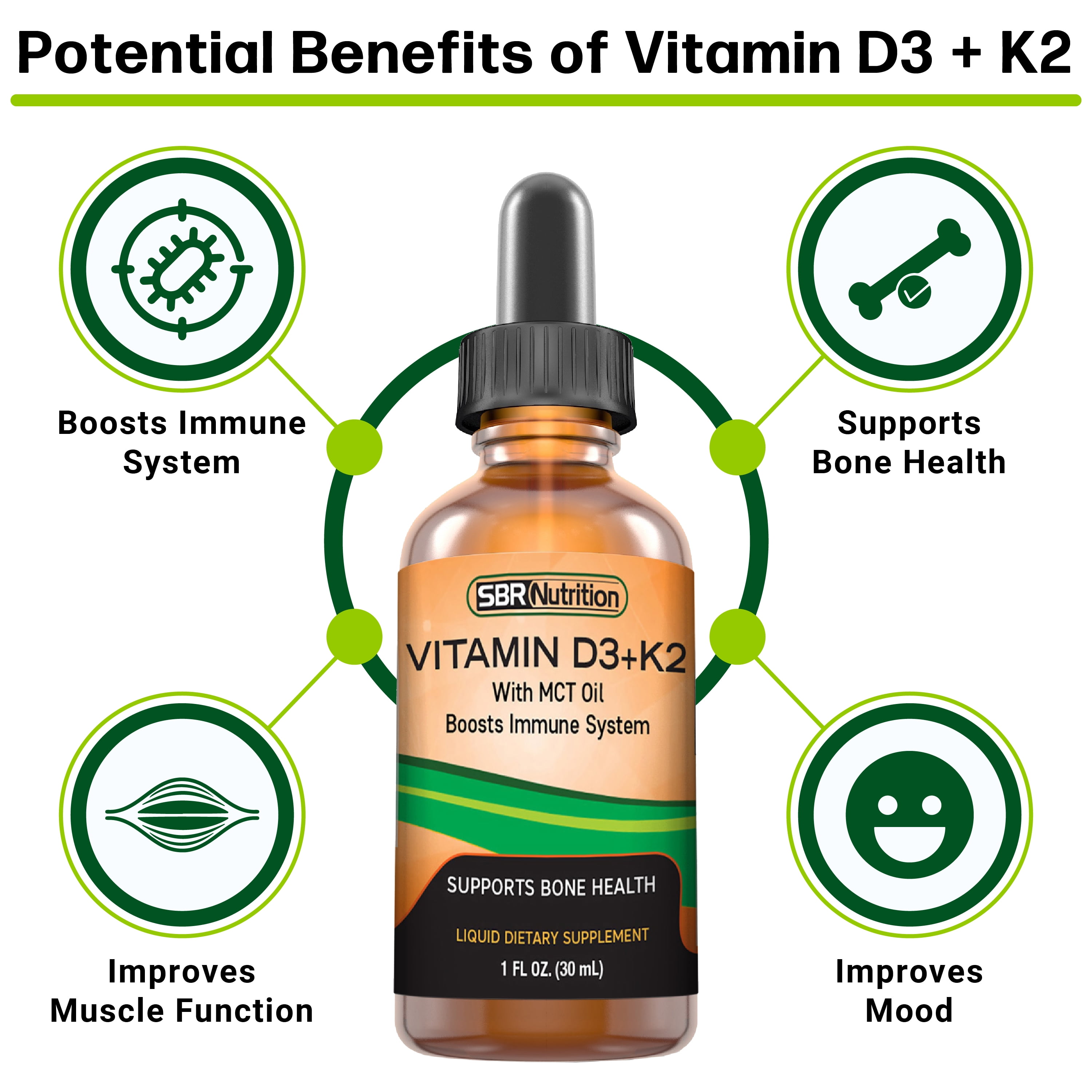

There are two natural forms of vitamin D, these being ergocalciferol (vitamin D2) and cholecalciferol (vitamin D3). This short review will explore key considerations when assessing and interpreting the measurement of vitamin D status and protocols for supplementation with vitamin D. This poses a unique problem for athletic populations as deficiency may go unnoticed but contribute to sub-optimal immune function, poor bone health and potentially perturbed muscle function and regenerative capacity. It is now understood that aspects of innate and acquired immunity, cardiovascular health and biological processes within skeletal muscle are regulated by vitamin D.ĭespite this growing understanding of the importance of vitamin D, large population-based studies provide evidence that vitamin D deficiency is common worldwide owing to a sun-shy lifestyle and poor dietary sources of vitamin D. Since the identification of the vitamin D receptor in various tissues through which vitamin D exerts many of its effects (Demay, 2006), and the generation of the vitamin D receptor knockout mouse (Li et al., 1997), there has been a vast advancement in our knowledge of the actions of vitamin D. In search of a better understanding of vitamin D metabolism and function, a multiplicity of biological roles for the steroid hormone has emerged. This is in part due to the re-emergence of the preventable bone disorder, rickets, stimulating interest in the field. A simple PubMed search for “vitamin D” provides over 3,500 papers from 2013 compared with just over 1,000 published in 1993. The past decade has seen a renaissance in vitamin D research.


Vitamin D is associated with numerous important biological actions relevant to the athlete including regulating bone health, immune function, cell cycle and skeletal muscle homeostasis.


 0 kommentar(er)
0 kommentar(er)
